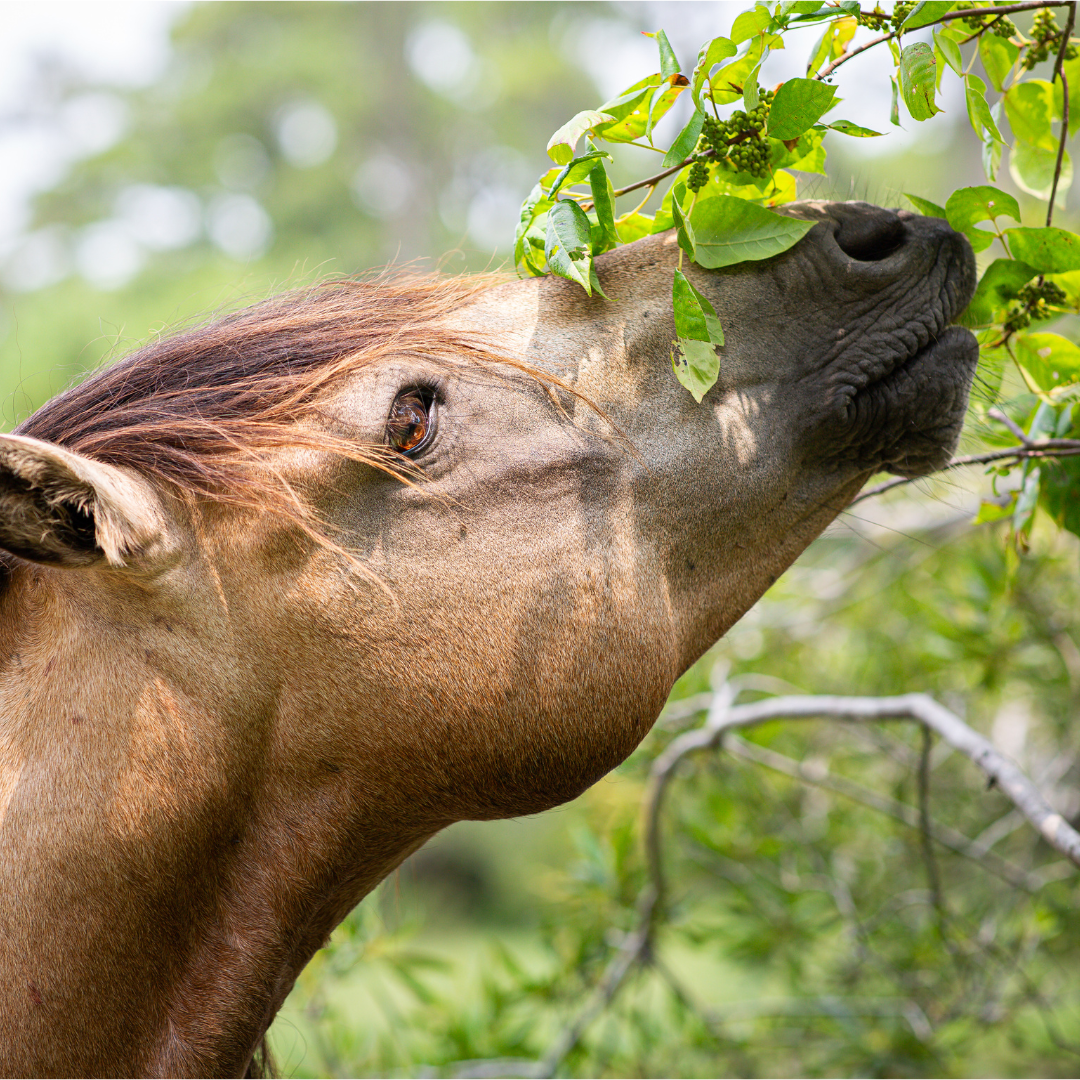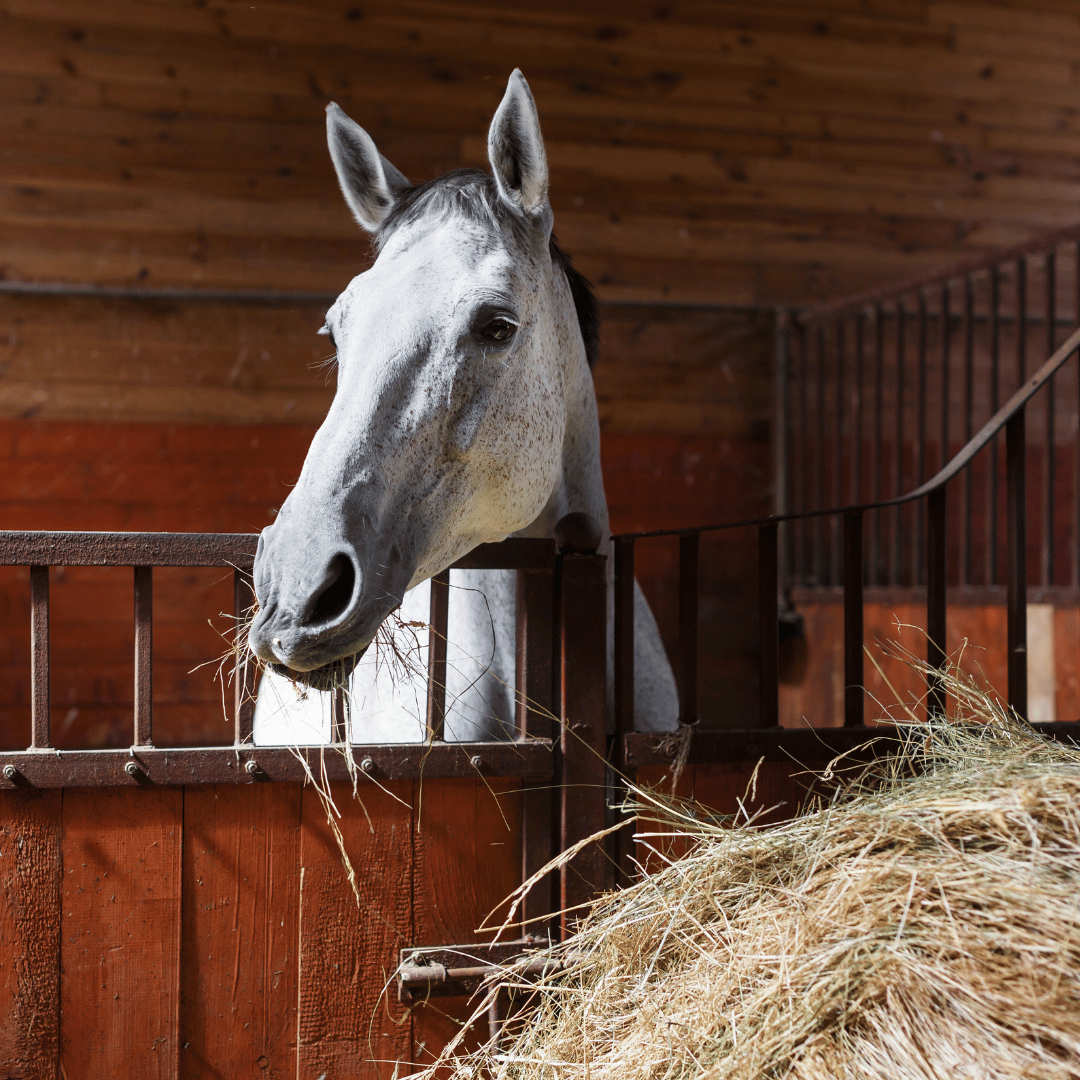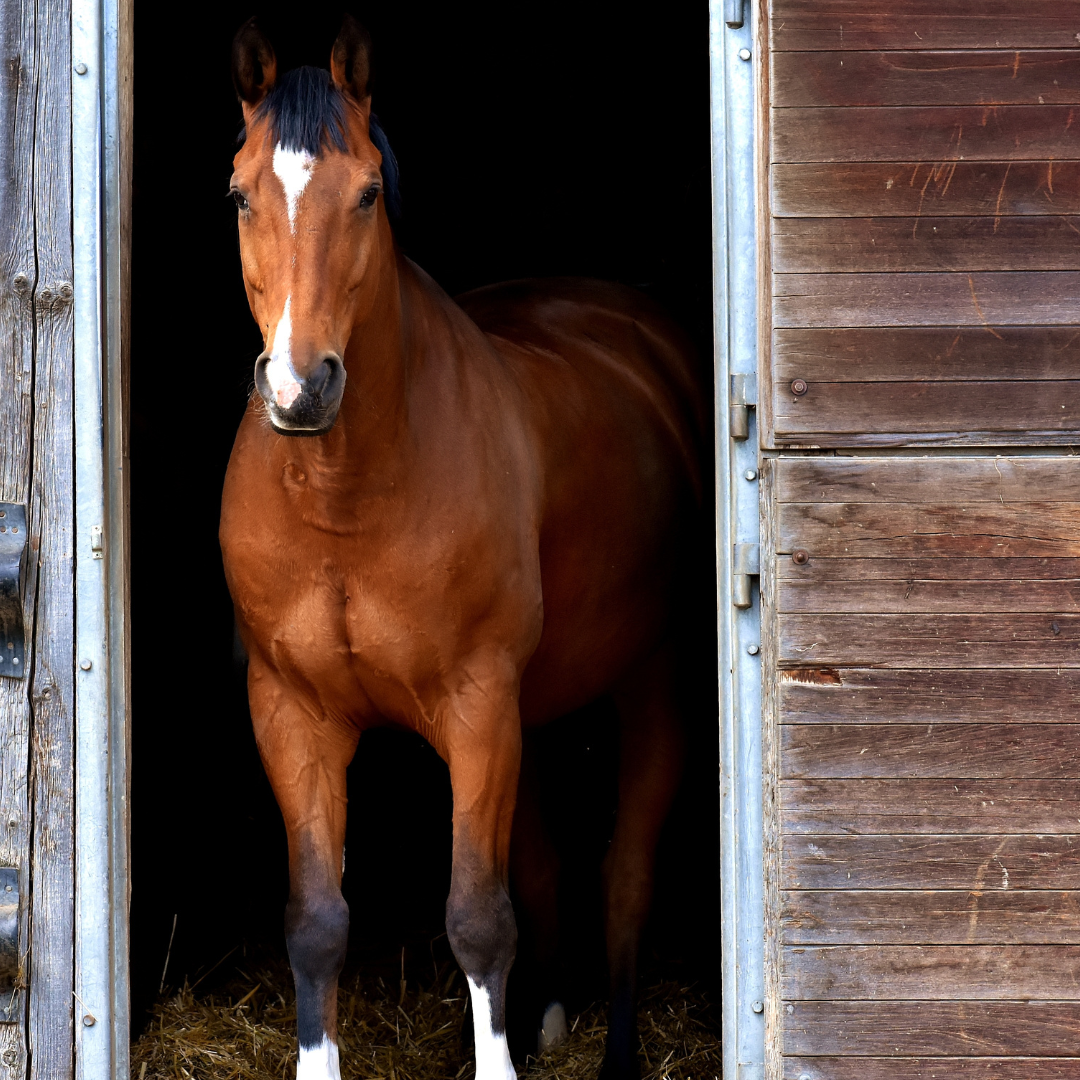Herbs for Horses with Respiratory Problems
Respiratory Supplements for Horses - what to look for in ingredients
by Jennifer Little
Equine Nutritionist RNutr
Respiratory problems in horses are common and are often diagnosed as a cause of poor athletic performance. Respiratory issues are usually rooted in an inflammatory response within the airways (Burnheim 2016; Parente et al 2025). Environmental controls to reduce horses’ exposure to airway irritants is considered a fundamental step in managing and preventing respiratory issues - particularly for horses with dust allergies. Such measures include controlling dust levels, ensuring good housing ventilation, quarantine measure for new horses, vaccination procedures and good food hygiene practises. In addition to these steps, certain herbs have been used for centuries to support equine respiratory health. This article will explore some of those and why they may be useful as a natural support for horse lung issues.
Nettle
Nettle is one such herb with a long record of antioxidant and anti-inflammatory properties. The effectiveness of which has been confirmed in multiple studies in both laboratory and real-life settings (Parente et al 2025).
Liquorice
Liquorice has been used in the middle east for millennia for the management of coughs (Lee 2018). It exhibits anti-inflammatory, immunomodulatory, antioxidant, anti-microbial properties and it has been used to inhibit inflammation, viral infections, and respiratory disorders (Sanshita et al 2024).
Ginseng Root
In laboratory testing the supplementation with Ginseng Root has been shown to stimulate the immune system (Wang et al 2020) and provide immune support. In horses the supplementation has been shown to improve the response of the immune system in the face of a challenge (Karasu 2019).
Vervain
Studies have shown this herb possesses anti-inflammatory and antiviral activity. It has also been shown to reduce the production of respiratory mucous and increase its clearance for the respiratory system. In horses diagnosed with heaves, the supplementation with vervain has even been shown to reduce the maximum pressure exerted on the lining of the lungs (Anour 2005).
Echinacea
The main function of the lungs is to exchange gasses, switching waste carbon dioxide for oxygen in the blood, which can then be delivered to the cells of the body. This process requires enough red blood cells (RBC), which are required to carry the carbon dioxide from the cells of the body to the lungs and then to carry the oxygen from the lungs back to the cells. In horses the supplementation of Echinacea has been shown to significantly increase the RBC count, improving the oxygen carrying capacity of the blood, and the horse’s performance (Hansen 2017). In laboratory settings extracts from Echinacea have also been shown to support immune cells, reduce inflammation and pain, as well as kill bacteria and viruses (Karasu 2019).
References
ANOUR, R.; LEINKER, S.; VAN DEN HOVEN, R. Improvement of the lung function of horses with heaves by treatment with a botanical preparation for 14 days. Veterinary Record: Journal of the British Veterinary Association, [s. l.], v. 157, n. 23, p. 733–736, 2005. DOI 10.1136/vr.157.23.733. Disponível em: https://research.ebsco.com/linkprocessor/plink?id=cb30fde1-3b5b-3db9-ac1e-8ecb53be770d
Acesso em: 23 maio. 2025.
BURNHEIM, K. et al. Reliability of breath by breath spirometry and relative flow-time indices for pulmonary function testing in horses. BMC Veterinary Research, [s. l.], v. 12, p. 1–12, 2016. DOI 10.1186/s12917-016-0893-3. Disponível em: https://research.ebsco.com/linkprocessor/plink?id=903e0b63-8561-367c-99b6-7d016ce3b561
Acesso em: 23 maio. 2025.
Geor, R.J., Harris, P.J., Coenen, M. Equine Applied and Clinical Nutrition. Saunders 2013
HANSEN, M. The Proof Is in the Blood: The Secret to Improving Performance. Canadian
Thoroughbred, [s. l.], v. 32, n. 5, p. 7, 2017. Disponível em:
https://research.ebsco.com/linkprocessor/plink?id=1c7beae7-76b8-398c-aa40-8fbd2a08cf51 Acesso em: 23 maio. 2025.
KARASU, G. K.; BARAKAT, C. A Horse Owner’s Guide to Herbs. Equus, [s. l.], n. 498, p. 46–52, 2019.
Disponível em: https://research.ebsco.com/linkprocessor/plink?id=74672fdc-13c2-3569-801c-2029b2e5d48f Acesso em: 23 maio. 2025.
Lee M. Liquorice (Glycyrrhiza Glabra): The Journey of the Sweet Root from Mesopotamia to England. Journal of the Royal College of Physicians of Edinburgh. 2018;48(4):378-382.
doi:10.4997/jrcpe.2018.419
SANSHITA et al. Therapeutic Applications of Novel Drug Delivery Systems of Liquorice: An Updated Review on Recent Advancements. Scripta Medica, [s. l.], v. 55, n. 6, p. 755–772, 2024. DOI 10.5937/scriptamed55-52024. Disponível em:
https://research.ebsco.com/linkprocessor/plink?id=8dd93981-ec52-36b7-82df-aff7e0576750 Acesso em: 23 maio. 2025.
WANG, Y. et al. A Solution with Ginseng Saponins and Selenium as Vaccine Diluent to Increase Th1/Th2 Immune Responses in Mice. Journal of Immunology Research, [s. l.], p. 1–13, 2020. DOI 10.1155/2020/2714257. Disponível em: https://research.ebsco.com/linkprocessor/plink?id=58bc8ffe-8faa-3860-be0d-cb659a4b0e7f Acesso em: 23 maio. 2025.




